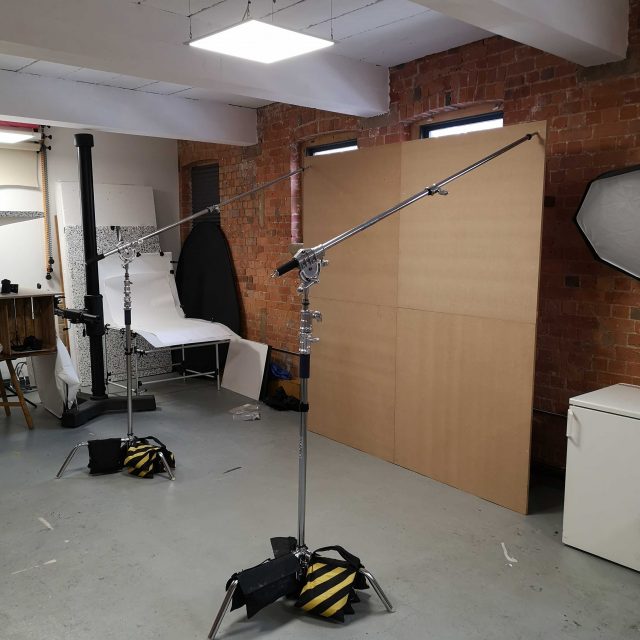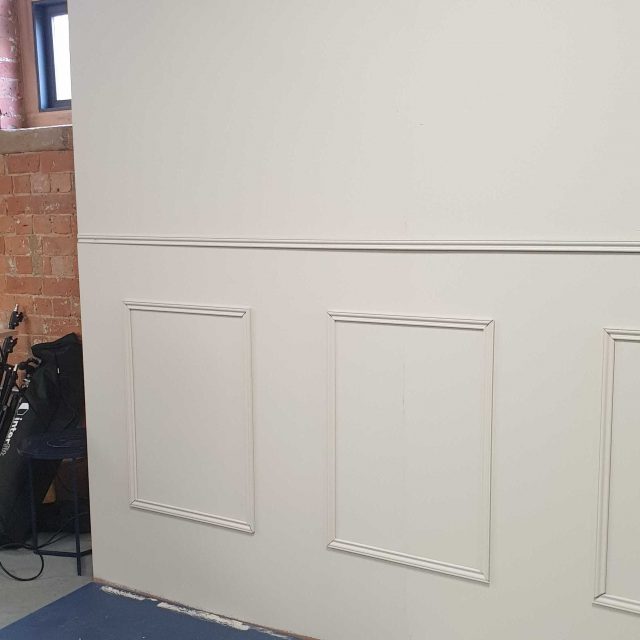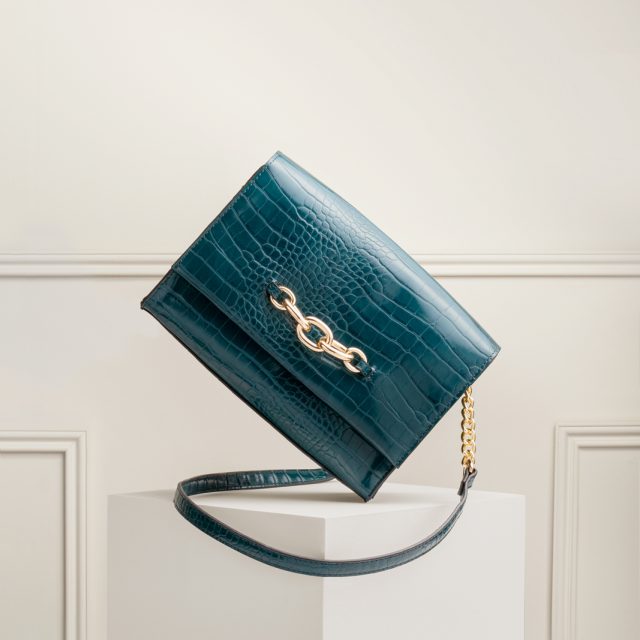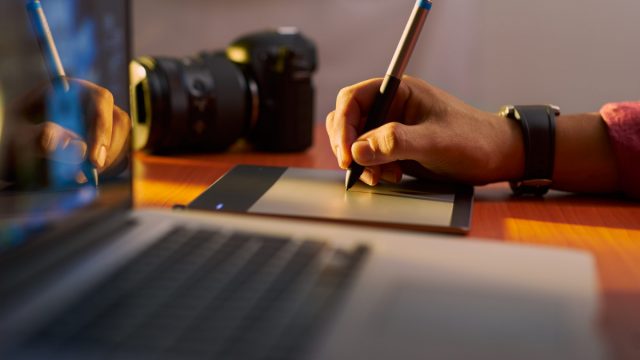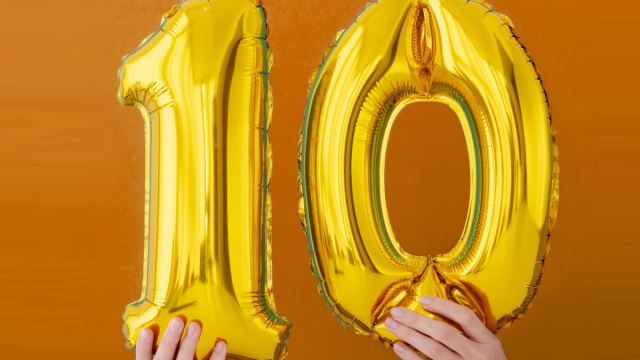Shoot Assistant – A Day In The Life
A shoot assistant’s job is to help photographers, videographers, and shoot directors get from shoot planning to “that’s a wrap” as smoothly as possible. Here, our Digital Marketing Apprentice, Amelia, breaks down what she does in her role as shoot assistant.
Usually, when there’s a big shoot, I assist the photography team to help everything run smoothly. Shoots can last a day, several days, or several weeks, and sometimes there are lots of different things to manage. I love being a shoot assistant. Everyday presents different challenges, helping me learn and grow.
As I’m no longer a ‘newbie’, I’ve accumulated a lot of shoot assistant responsibilities (more than just tea making!). There’s so much that has to be done, but hopefully this will show the basics of the shoot assistant role.
Before The Shoot
When a project first comes in, there are a few things we need to prep prior to shooting. Before we start, we look at the brief and moodboard given to us by the client, or work with the client to develop concepts and moodboards ourselves.
If props or models are required, we discuss what we need as a team and put our ideas to the client for feedback and signoff. After the props are finalised, we go shopping. If we’re building a set, we’ll get everything we need for it at this stage too. When we have everything ready to build, we step away from the desks, dig out the tools and get to work. For larger or particularly intricate sets, we partner with set designers & prop stylists.
If we have a model shoot, I talk with model agencies to find models that fit the brief. I sometimes end up discussing rates with them, or potentially getting video auditions if it’s a role that requires speaking, walking, or acting.
The Products Are In
For product shoots, the next step is receiving the products. When they first come in I sit down and inventory them against our shot lists so we know what’s here and what’s missing. This helps us keep track of what we have in the studio. These spreadsheets help the whole team see what we have, what we’re expecting, and give guidance on how each product needs to be shot. These sheets also track shooting and editing progress, and save us lots of time when we need to find an answer to something.
The final pre-shoot job is prepping the products. It’s important to have products looking their best for the shoot, as it saves time in the editing stage. Prepping products usually includes steaming and ironing clothes, or stuffing and weighting bags to give them a fuller look.
Shooting Day
Now that we’ve prepped, we go to shooting the products. We experiment with different compositions, using various tools to help our arrangements look good. For example, we use circular templates to make sure we’re creating a perfect curve for chain bracelets.
Whilst shooting we also have to place and change props where appropriate. This can involve a little trial and error, placing them, taking a photo, then moving or swapping them out to improve the look of the shot. The more complex the props and set, the longer each shot tends to take.
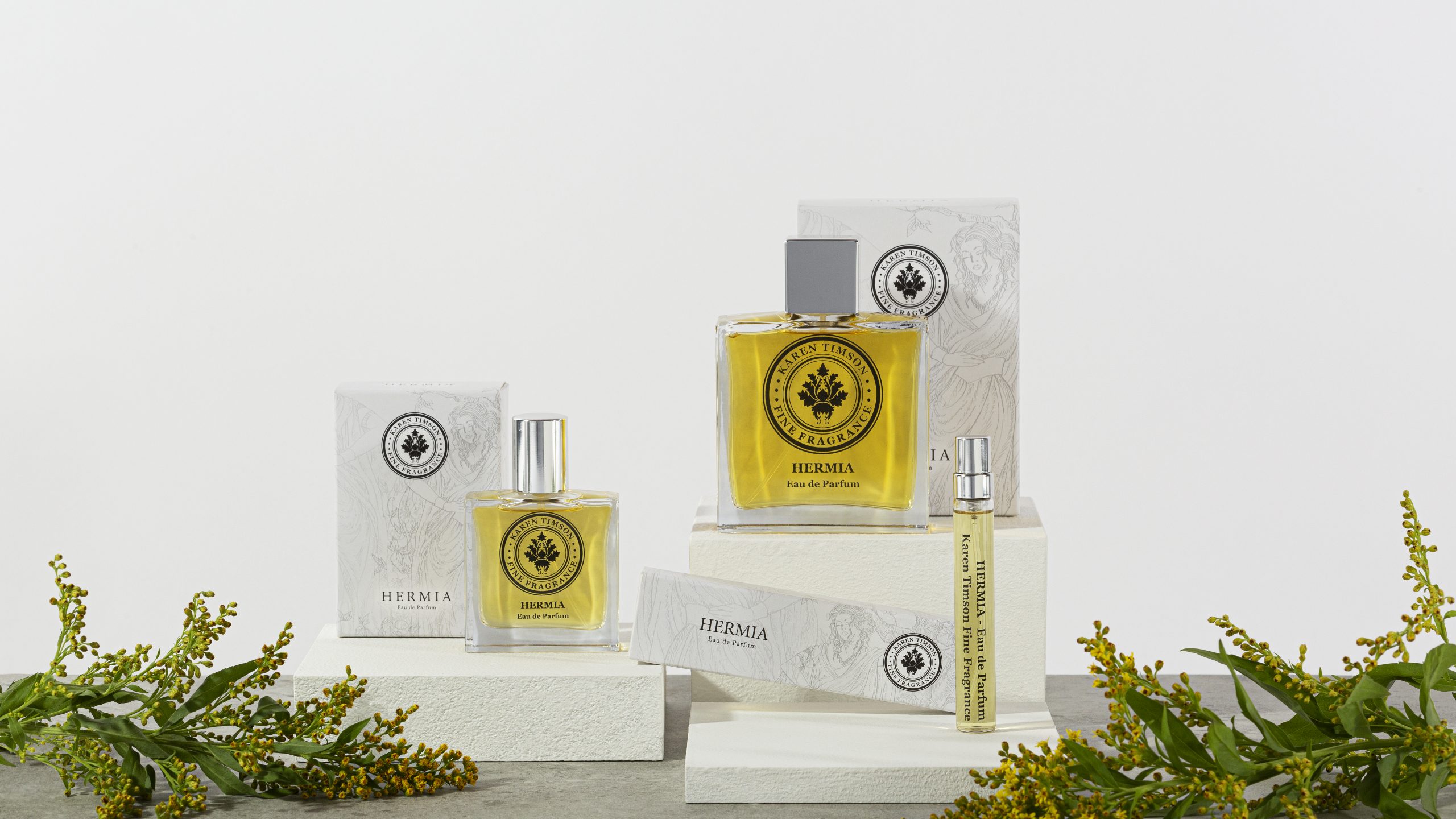
Products need to be placed on sets in a way that looks good, conveys personality, and draws the eye. A good example of this is that when shooting handbags, we often have the strap curved around the front, with light highlighting product details. For dresses and other clothes, we use pins to bring the products to life, making skirts and light blouses look like they flow rather than hang flat. These extra touches help people visualise how the products might look in real life.
During model shoots, I assist the team, manage products, and assist the model. This often involves keeping them in the loop of what their next shot will be and providing any other information they need. I sometimes also go and grab some food for the whole team so they don’t have to stop. This saves the photography team time and makes sure that there aren’t any inconsistencies in our photos.
Lighting
Lighting plays a big role in the outcome of how a shot looks. We use multiple lights and reflectors, and one of the main tasks that comes with being a shoot assistant is helping photographers experiment with reflectors. I’ll often move reflectors around as the photographer asks until we find the lighting set up that works, then secure them in place.
Reflectors often need to move more on model shoots, because the model themselves is a moving target. Because of this, we usually take many more model shots than product shots, giving us a lot of options when it comes to editing.
It’s important to have the lighting looking good at this stage as it saves time in editing. Because lighting affects the colour of the products, we keep the blinds closed during shoots. Cancelling out any light that can’t be controlled gives the studio more control over how the shot looks.
Behind The Camera
It’s good to get a second opinion after a product has been shot. I often look at a shot and make suggestions, as two pairs of eyes are better than one. On many occasions, there have been three or more of us looking over the same shot to ensure it’s as good as it can be.
When we have model shots we usually have a monitor behind the scenes. This monitor will show what is on the camera or what’s just been shot. I sit at the monitor during the shoot, checking for hairs out of place and noticeable marks on the clothes.
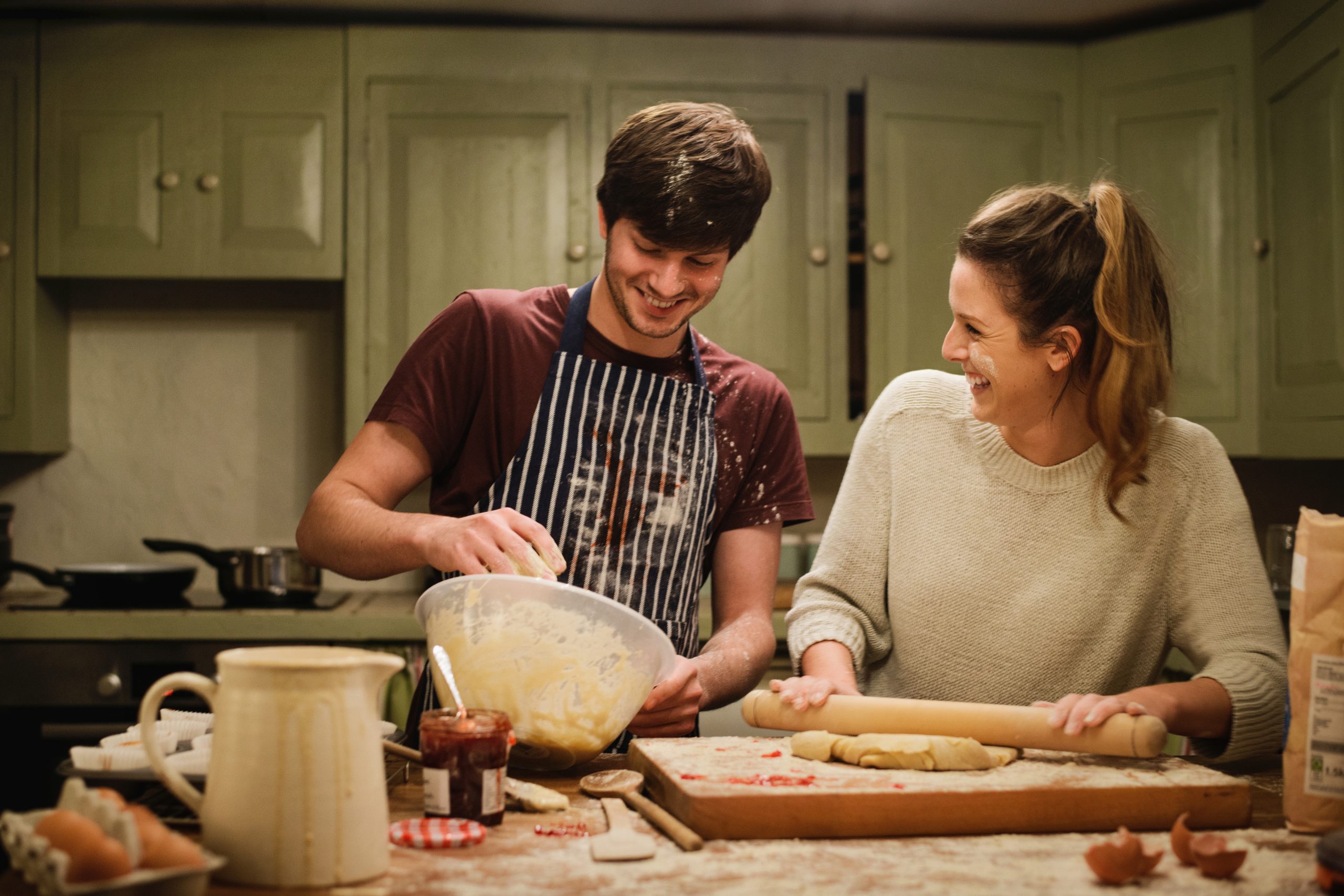
Being fairly new to photography, the team teaches me how cameras work and how different lights affect the set. Sometimes, if I make a suggestion but am unsure whether it will work, we try it so I see if it does or doesn’t and understand why. Learning as much as I can is important, as it will help me assist the team more in the future.
After The Shoot
Once everything has been shot, the photography team begin editing and colour matching the photos that were selected. I then reset the studio, helping keep the main workspaces clean. Cameras and lighting equipment are put away, then I vacuum the floor, mop and wipe down all the furniture.
And that’s it! More or less.
If you want to do a shoot with us, or learn more about how we work, please get in touch.
Follow our social accounts: Facebook – Instagram – LinkedIn – Twitter

